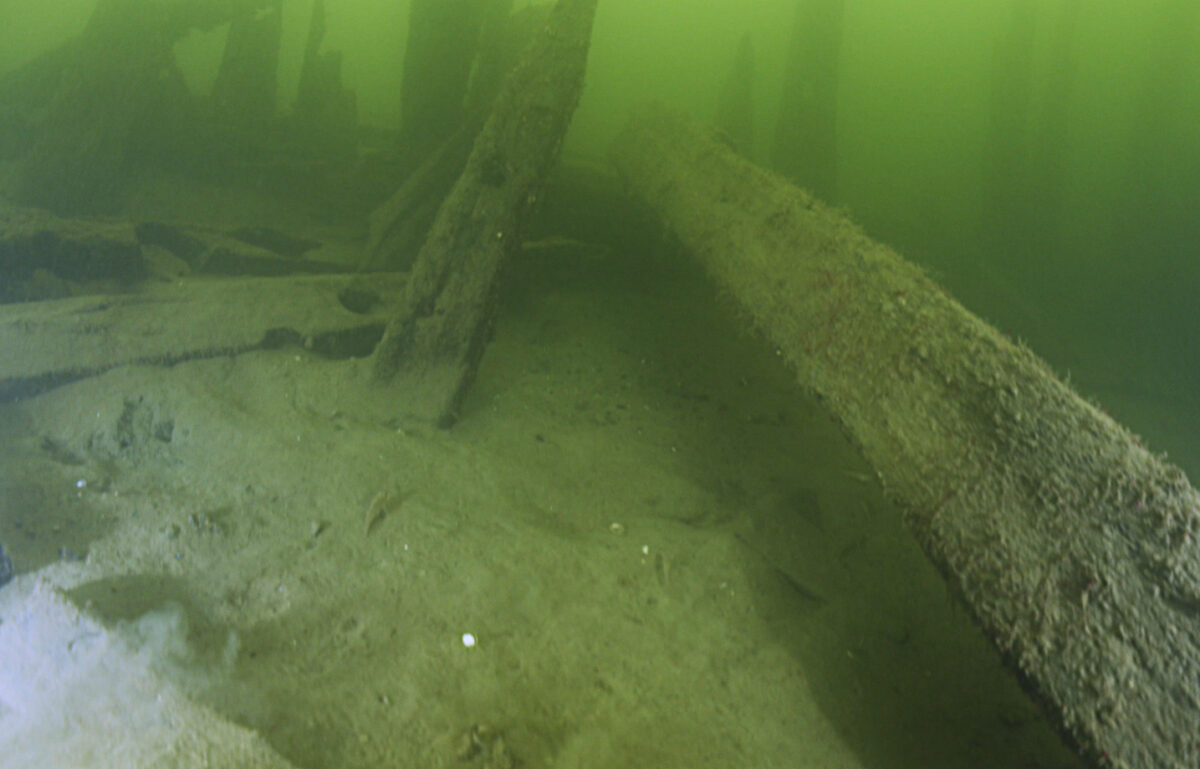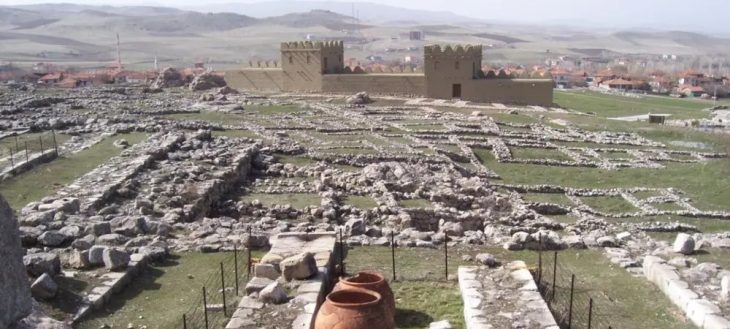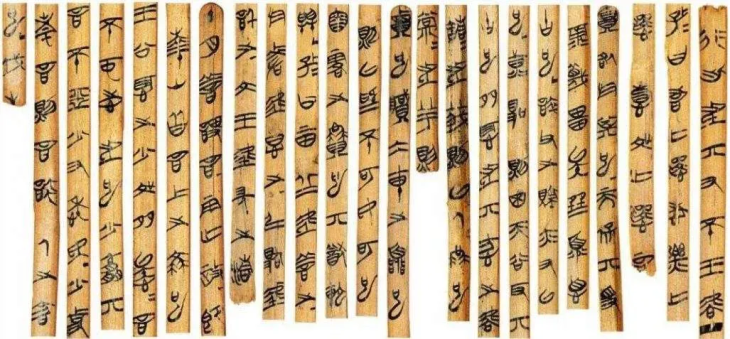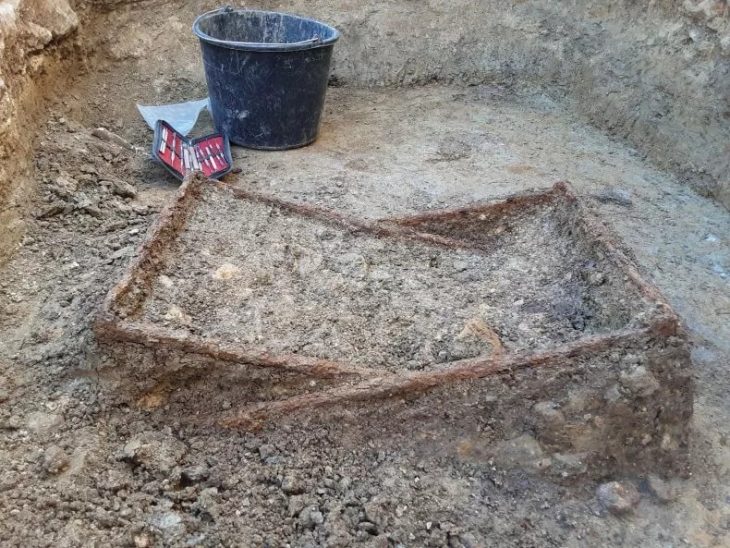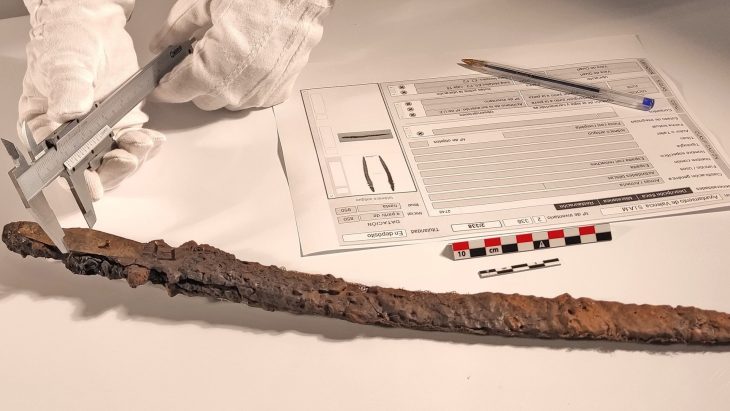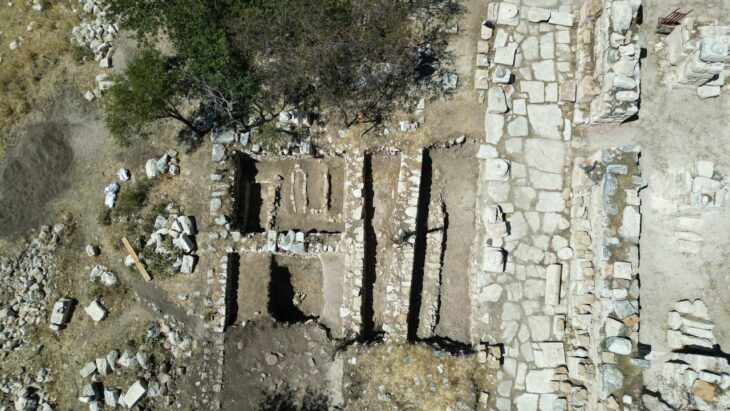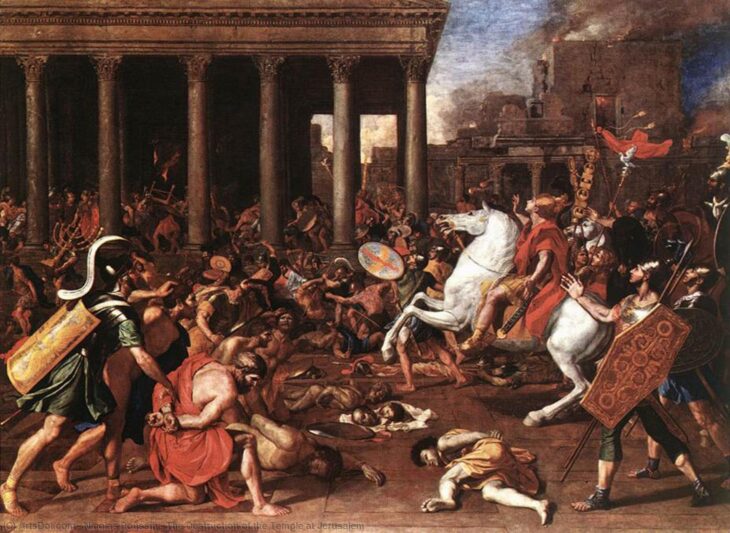Maritime archaeologists from the Museum of Wrecks (Vrak) in Stockholm have made a groundbreaking discovery off the coast of Sweden: a shipwreck that may be the oldest confirmed carvel-built ship in the Nordic region. Located beneath the waters of Landfjärden, south of Stockholm, this remarkable find, known as Wreck 5, is believed to date back to the 1480s, with some estimates suggesting it could have been constructed as early as the 1460s.
Håkan Altrock, the museum curator and project leader, highlighted the significance of this discovery, stating, “This ship represents a fascinating link between medieval and modern shipbuilding. It has the potential to provide us with valuable new insights into an important period in Sweden’s maritime history.” The ship measures approximately 30 meters (98 ft) in length and 7 meters (23 ft) in width, with its well-preserved condition allowing the sternpost and rudder to remain upright.
What sets Wreck 5 apart from other vessels of its time is its construction technique. Unlike traditional Nordic ships built with overlapping planks, this vessel was constructed using the carvel method, which involves laying planks edge to edge to create a smooth hull. This technique, which originated in the Mediterranean around the seventh century CE, marked a significant evolution in shipbuilding, allowing for stronger and larger vessels. Researchers believe that the emergence of carvel construction was a response to the introduction of cannons on ships in the 15th century, necessitating stronger hulls to withstand enemy fire.
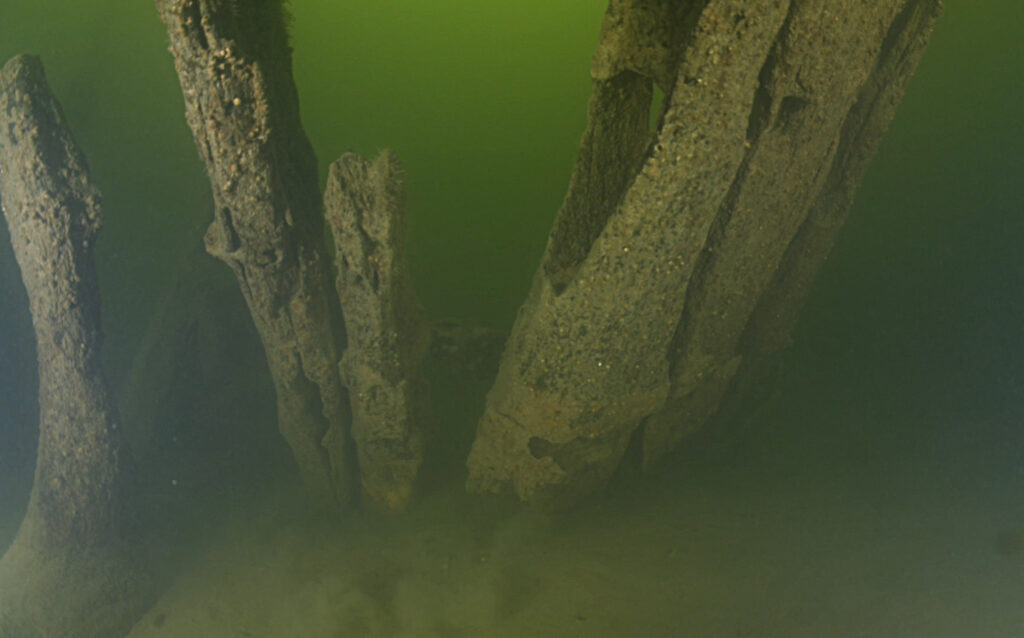
Dendrochronological analysis conducted by experts from Lund University revealed that the timber used for Wreck 5 originated from either Möre in the Kalmar region or eastern Blekinge in southern Sweden. This finding aligns with historical records indicating that Swedish shipbuilding in the late 15th century was influenced by continental European techniques.
Wreck 5 is one of five known shipwrecks in the Landfjärden area, which were previously thought to be Viking ships linked to the legendary naval battle of Olaf the Holy, King of Norway. However, recent studies have shown that most of these wrecks date to the 17th and 18th centuries, making Wreck 5 the oldest among them. Initial attempts to date the wreck were inconclusive, but subsequent analyses successfully confirmed its late 15th-century origins.
📣 Our WhatsApp channel is now LIVE! Stay up-to-date with the latest news and updates, just click here to follow us on WhatsApp and never miss a thing!!
As the Vrak Museum of Wrecks continues its investigation of the maritime environment around Häringe, plans are underway to establish Wreck 5 as a separate research project. Altrock expressed enthusiasm for the future, stating, “We plan to apply for external funding for an excavation. This ship is not just a relic of the past; it is a key to understanding the evolution of shipbuilding in Sweden.”

This discovery not only enriches our understanding of maritime history but also underscores the technological advancements that shaped naval warfare and trade in the late medieval period. As researchers delve deeper into the mysteries of Wreck 5, it promises to unveil new chapters in Sweden’s rich maritime heritage.
The Vrak Museum of Wrecks has used photogrammetry to create a digital model of Wreck 5, enabling researchers to study its structure in detail. Take a look at the wreck in digital 3D-model: Wreck 5 – 3D model.

